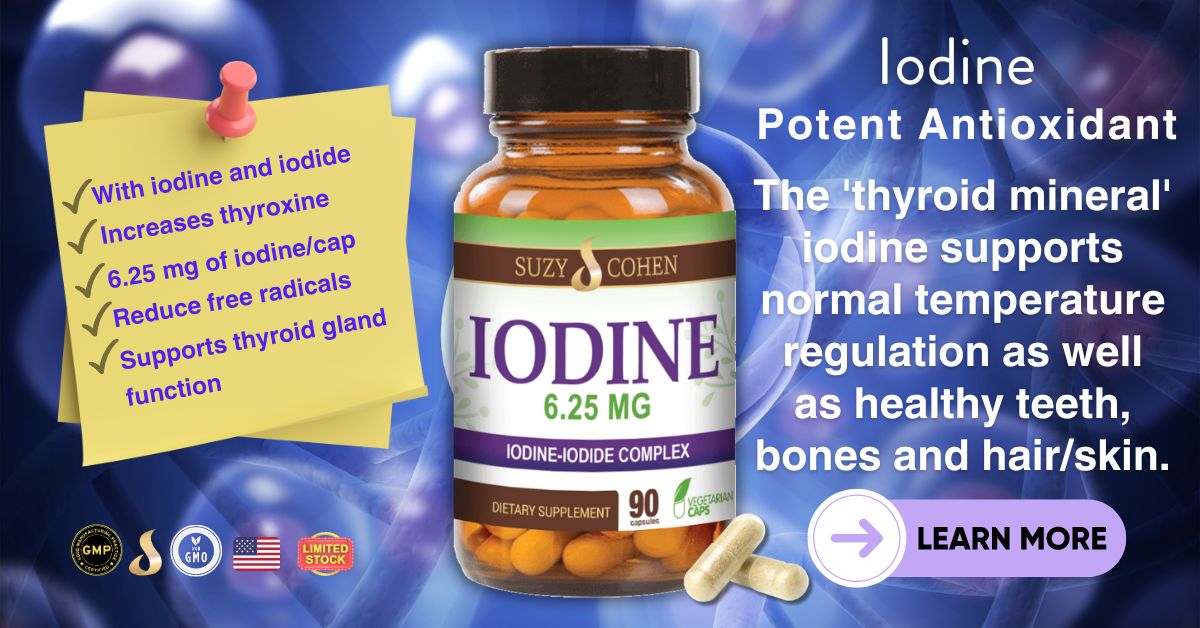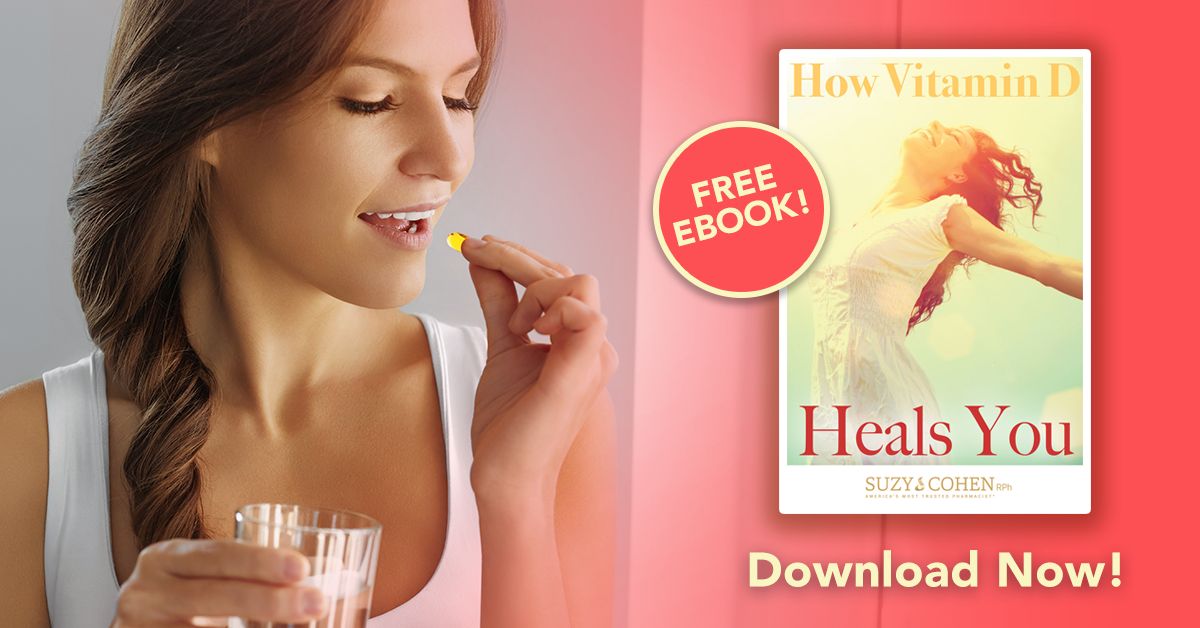What's On This Page?
ToggleUterine fibroids are benign cysts that can grow inside or outside of a woman’s womb, termed the uterus. There are many articles that address pre-menopausal fibroids, but there are not as many for post-menopausal women who suffer with this issue. Hysterectomy does not have to be your future!
Most women can live their whole life with tiny fibroids and not experience any problems, and perhaps not even realize they even have them! But sometimes fibroids can grow rapidly causing sudden spells of lower pelvic pain, sometimes so severe that it may radiate into the groin or leg.
Symtpoms of Uterine Fibroids
When large enough, the abdomen will swell or bloat causing you to want to wear stretchy pants, and possibly have to empty your bladder more frequently. This is termed abdominal dissension and it’s very uncomfortable and should be your cue to see a physician! Constipation is pretty common with smaller fibroids, but that does not occur in all women with fibroids.
In some cases, if the fibroids are large enough, it may actually cause tremendous discomfort and difficulty walking, sleeping or bending over to tie your shoe or paint your toenails. In an older woman, I think it’s the pain is what drives a woman into the OB/GYN office, to find out what’s going on.
Contrarily, a woman who is younger (ie still menstruating) may experience heavy bleeding, iron deficiency anemia, fatigue, and infertility. There will also be pain, especially during or after sex. Other symptoms include pressure down low, back pain and sometimes miscarriage.
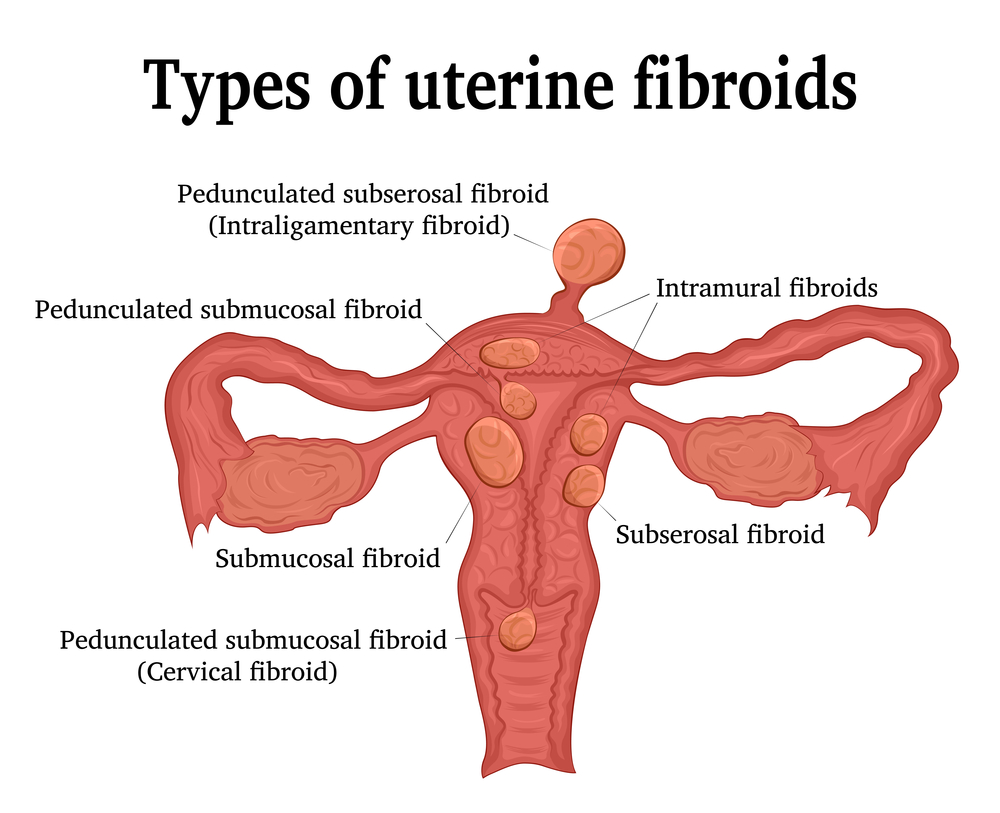
Fibroid sometimes go away on their own, it depends a lot on estrogen levels, age and the severity/size. So even if you have had years and years of pre-menopausal fibroid-related symptoms… these can and often do essentially disappear after menopause, due to the dramatic decline in estrogen. Since estrogen grows a fibroid, the menopausal decline shrinks the fibroid.
Natural Strategies
I’d like to offer women natural strategies and pointers to help you try to shrink these, because so often the first thing you’re offered is surgery! Men who are reading this may apply some of these strategies to prostate gland concerns (of course ask your doctor what’s right for you, not everything on the list is.) If men are interested in my thoughts about prostate, CLICK HERE to read my other article, 6 Powerful Strategies for Men with Enlarged Prostate.
For women who are trying to overcome these, I want to offer prudent advice. While surgery may be necessary in some cases, it is not always necessary. Investigate your options.
If you’ve read my blogs for the past 30-some years, you know that I’m a holistic-thinking pharmacist and as such, I believe there are life-changing natural strategies that work on the same pathways as medications. Over time, some herbs, vitamins and botanicals can offer you help with a more sensible list of side effects than your other options.
So before opting in for hysterectomies and medications, talk to your doctor about the following ideas I have, perhaps trying some of these out for a month or two can turn things around. I have seen it done. FYI, these are all available at health food stores. Good luck, in the order of importance, I will list my thoughts now (do not construe this as medical advice):
1. Consider an Estrogen Hormone Rest
Discontinue ALL hormones that you’re taking ONLY with your doctor’s blessings. I’m not your doctor so I’m not able to tell you to stop anything.
Hormones almost always have estrogen. Estrogen grows fibroids. So see if you can stop taking the HRT for a while if you’re having cysts/fibroids etc. Fibroids have been proven to grow a lot faster with estrogen around, that’s exactly the reason that post-menopausal women find that their fibroids shrink. When you tell your doctor that you’re stopping your hormones, they will readily agree because every good physician knows that estrogen (unopposed, and sometimes opposed) grows a fibroid.
Many post-menopausal women take transdermal or oral hormones, or perhaps pellets, patches or shots. Therein lies the trouble with post-menopausal fibroid development. The hormones (especially the estradiol) may be fueling your fibroid growth!
That’s why I’m thinking about how a sabbatical would look (while supervised by your doctor). Some women may not realize that the DHEA supplement or drug that you take turns into estrogen. How do you know how that estrogen is metabolizing? The only way to know is with a muring hormone test. You can take the DUTCH test by CLICKING HERE if you want to know.
My point is that even if you do not take HRT that contains estrogen, you might be taking something that turns into estrogen. Pregnenolone oral supplements and testosterone boosters will do the same thing — turn into estrogen. These are hormones that go through a pathway and turn into estrogen so just because you don’t take “estradiol” doesn’t mean you don’t take a fibroid-fueling hormone!
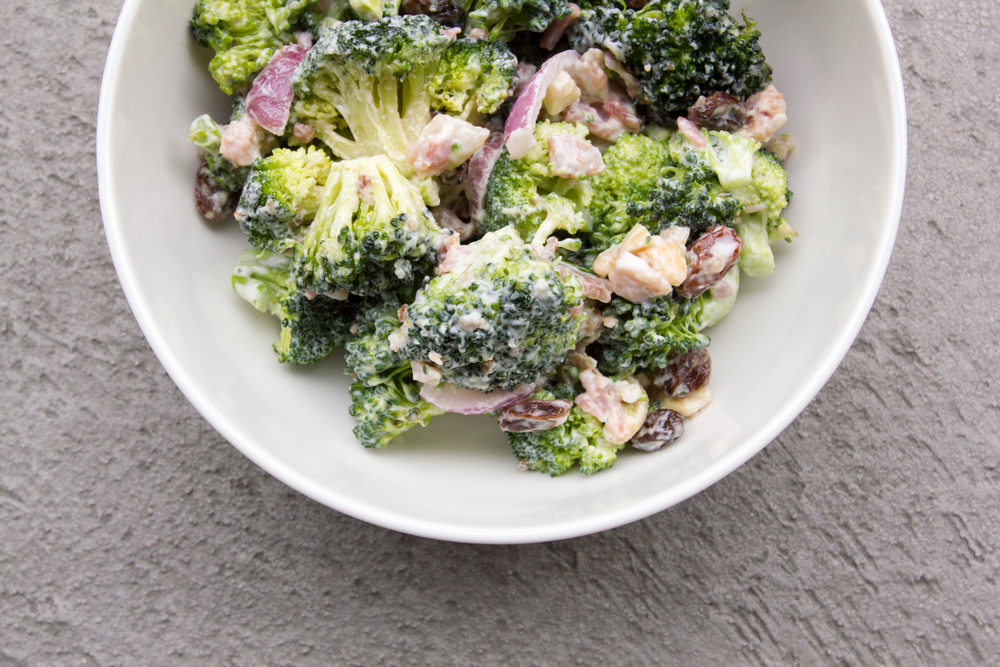
2. Sulforaphane
Sulforaphane is a dietary supplement that is basically a broccoli extract. It is used to support Phase II liver detoxification enzymes which break down estrogen properly. Sulforaphane supplements help to restore proper estrogen receptor gene expression, and interfere with tumor growth.
If you look up more research on this supplement, you will see it comes up quite a bit for men who are treating prostate issues.* This is sold at health food stores nationwide, and online. Just in case you’re interested in sulforaphane’s anti-proliferative activity, take a moment to read the February 2020 Food and Chemical Toxicology study on liver cancer.
3. Iodine
We assume iodine deficiency as one reason for hypothyroidism, and that is true. But iodine deficiency is also strongly associated with lumpy breasts (ie fibrocystic breasts) as well as uterine fibroids. Iodine is a natural mineral, and it’s essential for the body. We have receptors all over for iodine, especially in our reproductive organs.
Iodine may be useful in preventing further growth of a fibroid. There are many types of iodine available today, including a brand that I offer at my own vitamin shop that is 6.25mg of iodine-iodide per capsule.
4. Turmeric
Turmeric spice has been studied for its ability to shrink uterine fibroids, which are growths in and around the uterus. Turmeric binds to and activates PPAR-gamma and that in turn, shrinks a fibroid tumor/growth. Most people take curcumin, which is one of the active components of turmeric spice. You can find these as supplements all over the world.
In fact, if you look for brands that contain C3 curcumin, you’re getting 3 different compounds from turmeric and that might possibly be better. The C3 curcumin hasn’t been directly studied on fibroids, I’m telling you about it because I think it’s superior, that’s why I sourced it and put it in my Joint Script with Curcumin formula. This formula supports joint health and levels of cytokines.* The type of curcumin I’m suggesting for you is a regular, plain curcumin/turmeric supplement because it will contain a higher amount of curcumin.
You can read more about turmeric’s role in the uterus, and its ability to shrink uterine leiomyomas (aka fibroids) by CLICKING HERE.
And here’s another article published in a Brazilian journal in 2019.
5. Matcha Tea or EGCG Supplements
In test tube and animal studies, cells treated with EGCG grew far more slowly and were noticeably smaller within days! The green tea-derived compound was given to animals in their drinking water.
EGCG stands for epigallocatechin and is naturally found in green tea, and in even higher concentrations in matcha tea. You can drink a cup a day and get enough EGCG. This is so easy. You can also buy supplements of EGCG online and at some health food stores. It is not the same thing as L-theanine, that is another green tea-derived compound that has nothing to do with fibroids. Matcha tea has more EGCG in it than plain green tea.
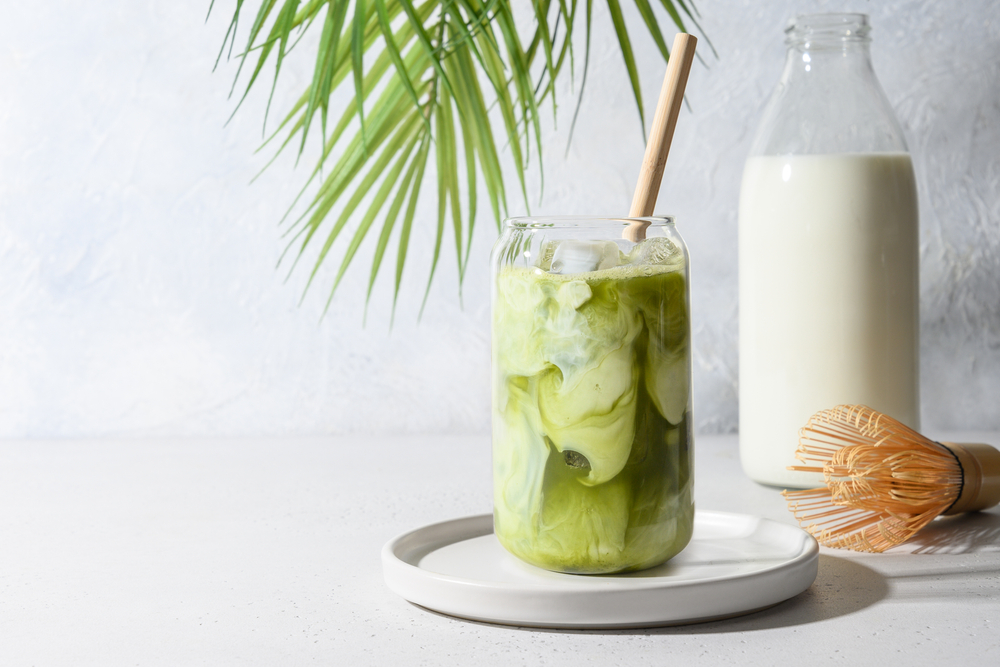
EGCG was studied and has been shown to prompt fibroid cell death! This is important if you’re worried about how fibroids could proliferate and grow into cancer (which is rare).
This is highly encouraging to me because according to some studies, the EGCG was able to cause a sustained reduction in fibroid size. It shrunk them for about 8 weeks post-treatment.
6. DIM
These initials stand for “diindolylmethane” and it’s a special compound found in broccoli, cauliflower and other crucifers. DIM might be helpful for some cases of uterine fibroids because it intercepts the pathway in your liver where estrogen forms a harmful -and at times slightly carcinogenic metabolite called 16-alpha hydroxyestrone. You see this abbreviated as 16-OH-E1. Are you making a lot of this hormone during Phase I metabolism?
You can find out if you take a DUTCH test. If you are, it’s not healthy. (If you have a DUTCH test, you can see your levels of this metabolite if you look for 16-OH-E1 on the sheet. This metabolite is not testable via blood just FYI, just urine.)
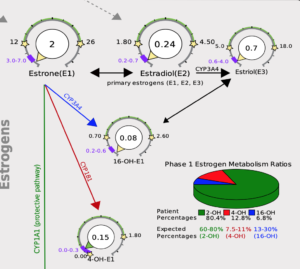
Now, keep in mind estrogen can also go down another pathway and form 2 hydroxyestrone, which is protective. It’s shown on a DUTCH test as 2-OH-E1. You want more of the 2, and less of the 16. If you have high 16, and low 2 then your risk for fibroids is higher.
DIM impacts the ratio of these. It improves the ratio of these estrogen metabolites. When your ratios of 16 to 2 are better then your uterine fibroids might shrink.
DIM is sold nationwide, and there are many forms of it including regular “DIM,” DIM with Bioperine (which is a pepper extract aimed at higher absorption), and a unique trademarked version called BioResponse DIM® and others that combine the DIM with other estrogen-supportive nutrients. You’ll have to choose, read reviews and just know that these are all pretty good. The choice is yours.
As for dose, approximately 150 – 300 mg per day might be ideal, but please ask your doctor what’s right for you.* (Sorry I must sound like a broken record always saying that. I have to always say that because online bloggers have to refer you to a real qualified physician, and I am not one).
But you will see varying doses, and as a pharmacist, the dose that seems to work the best for most people is somewhere in between 150 – 300mg. Duration varies, you might try this every day for a few weeks and reduce dosage, or you could alternate dosages on odd days, or you might even try a lower dose in combo with some of these other wonderful strategies I’ve listed.
7. Vitamin D
PubMed articles will reveal a few different relevant abstracts and assuring articles on D3 and its role in prevenient uterine fibroid growth.Deficiency of Vitamin D is a proven risk factor, so even though it may not be the strongest think you can take to “shrink” a fibroid, I still think it’s imperative to add to my list, simply because it supports your immune system.
The active metabolite of vitamin D3 has definitely been shown to inhibit cell proliferation (overgrowth) and extracellular matrix production in fibroid tissue, as well as reduce fibroid volume.
There’s a STUDY in Fertility and Sterility from 2015 confirming this as well. Down below you can scroll to find the ‘recipe’ for an Essential Oil blend that you can apply topically to your belly, if nothing else this is very comforting. Some friends have said this was helpful with the pain, which surprised even me! The EOs I’ve chosen have some data to support their use.
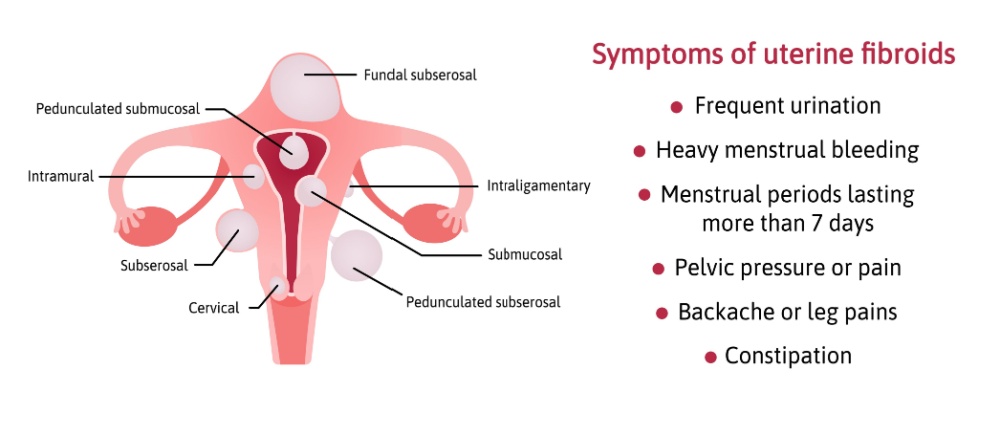
How are fibroids diagnosed?
Sometimes women recognize their symptoms when they look them up online. If you’re asymptomatic, then sometimes the very first notice comes from your doctor during a routine pelvic exam. A number of diagnostic tests are capable of providing more information for you:
1. Ultrasound (uses sound waves, no radiation)
2. Hysteroscopy uses a slender scope that goes up through the vagina (and into the uterus)
3. Hysterosalpingography is a type of X-ray test
4. Sonohysterography is a test where they insert fluid up into the uterus (through the vagina/cervix) and then they use an ultrasound to see the uterus and lining.
5. Laparoscopy uses a slender device (the laparoscope) which is actually a type of surgery, and they usually go through the belly button or under it.
6. MRI and CT scans may be of value too but skip the contrast media if given that option. Read up to see what some of them can do –> I wrote an ARTICLE about it.
8. Essential Oils
What about Essential Oils? YES!
Essential oil blend.
This is just for comfort, it doesn’t “shrink” anything, however, my recipe for this essential oil blend will feel good if you rub it on your pelvic/abdominal area. It’s for external use only.
Recipe: Fibroid Essential Oil Blend
Glass bottle with dropper
About 15 ml favorite carrier oil (jojoba, apricot. olive or almond oil)
10 drops Cypress essential oil
10 drops Rosemary essential oil
5 drops Sandalwood
5 drops Thyme (or Frankincense)
Optional: 5 drops Lavender or Grapefruit (pick one – these are really for scent)
Directions:
Mix together and apply the mix to your abdomen and gently rub in a clockwise fashion. Apply 4 to 6 times a day, this may be instantly soothing!
Honorable Mention: Cramp Bark
Cramp bark This herb helps to regulate and relax your uterus and/or ovaries and I highly recommend it for women with dysmenorrhea and painful PMS symptoms. It’s also useful for mild pain from fibroids. It does not shrink a fibroid. It’s simply a natural herbal analgesic that zooms in on the uterus so I’m including it here. There are more analgesic options below.
Loved Ones Have to Understand!
Uterine fibroids can lead to tremendous amounts of stress in a woman’s life, not only by creating intermittent pain and disturbed sleep, but also profound fatigue, limited mobility, swelling and pain during/after sex and larger pant size (from the swelling) can create sadness, relationship difficulties and guilt. Sometimes you’ll be more comfortable in stretchy leggings and you’ll have to put your button-up jeans away, this is from the abdominal swelling/bloat that accompanies uterine fibroids. An abdominal binder may be comfortable – those are found on Amazon.
Not having enough energy to accomplish what you used to can be heart-wrenching and is often misdiagnosed as depression instead of uterine fibroids. The lack of energy alone is depressing when you are just too tired to accomplish everyday activities as you used to.
What about the pain?
I feel that the natural strategies above will be your best bet for pain relief. Of course, physicians can prescribe pain medications too. As a pharmacist, some of the best medications that come under consideration include: Ibuprofen (Advil), naproxen (Aleve), or something like celecoxib (Celebrex).
There are stronger analgesics such as Tylenol #3 with codeine, or Hydrocodone/APAP (Vicodin®/Lortab®). These are prescription narcotics and doctors will give them to you for short-term use.
If you take these meds, please know they can mask pain, but do not let them delay you from seeking proper medical attention and care.
If you’re suffering with chronic mild fibroids, consider some of the strategies above. I understand that the discomfort and/or pain with sex can drive you quickly into the arms of a surgeon, however, I am confident that trying my strategies could be useful over the course of a few weeks to months. It took you years to develop them so give everything an appropriate amount of time to see if it helps.
Of course, always with your physician’s blessings and supervision. Make sure with your doctor that these alternative treatments are right for you because they do suppress estrogen and that may (or may not be) right for everyone reading this today.
CLICK LIKE to FOLLOW Suzy Cohen – Get Important Health Tips

Suzy Cohen, has been a licensed pharmacist for over 30 years and believes the best approach to chronic illness is a combination of natural medicine and conventional. She founded her own dietary supplement company specializing in custom-formulas, some of which have patents. With a special focus on functional medicine, thyroid health and drug nutrient depletion, Suzy is the author of several related books including Thyroid Healthy, Drug Muggers, Diabetes Without Drugs, and a nationally syndicated column.
